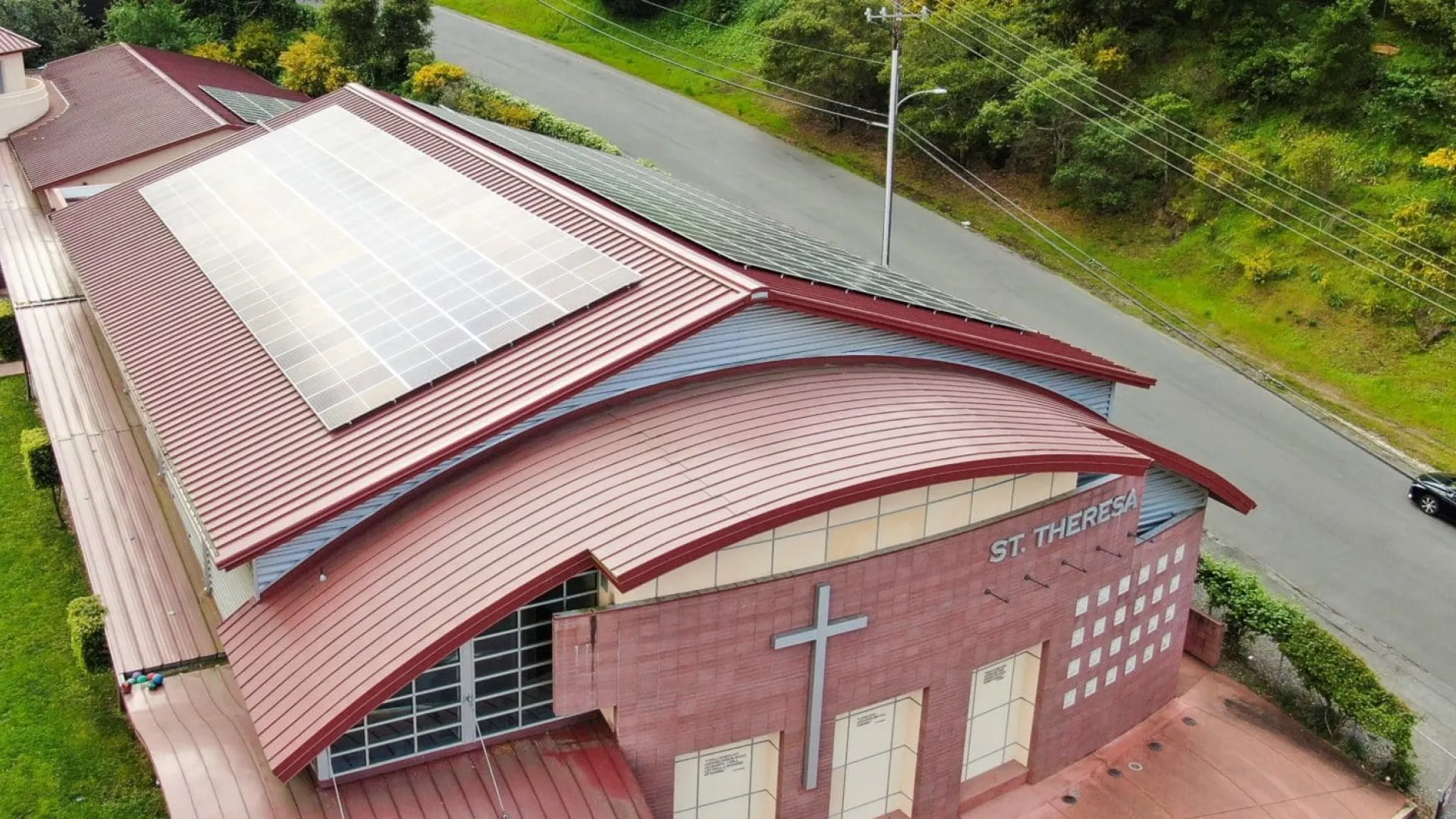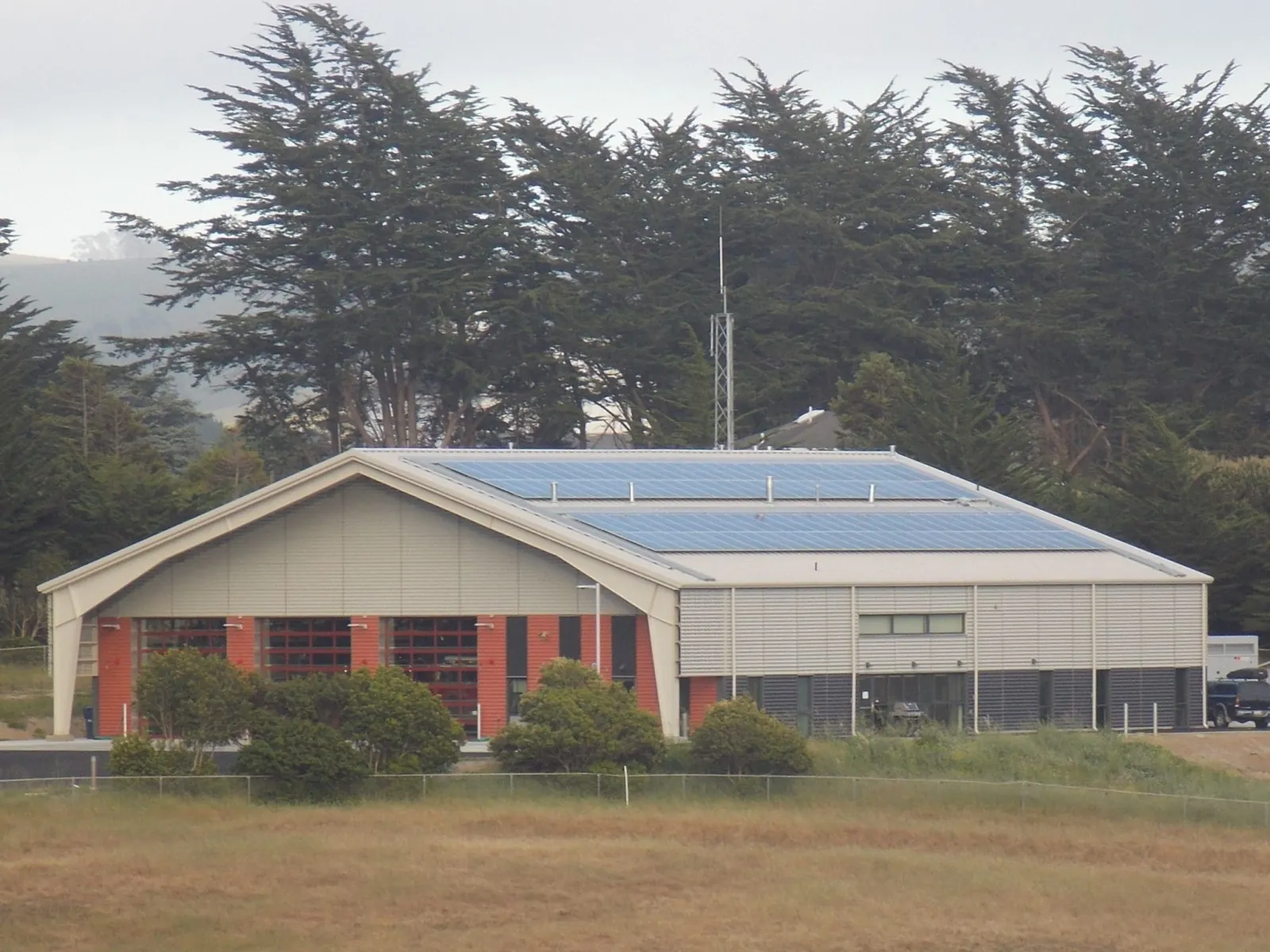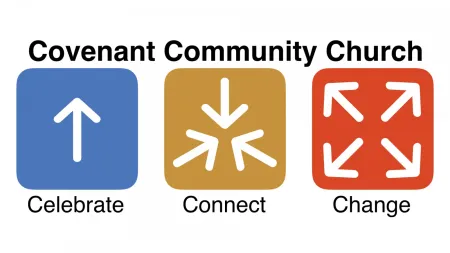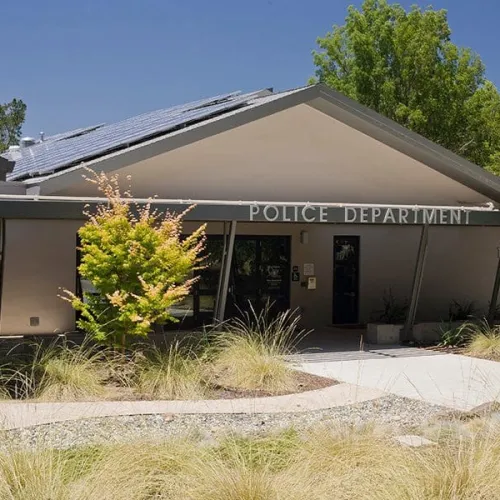
Solar Energy for Non-Profits
Convert your Non-Profit, Place of Worship, School or Government Agency to Renewable Energy
Solar is Better Energy for Your Organization
Power your non-profit organization with clean, sustainable solar power and free your budget from rising energy costs. Sonoma, Napa and Marin Businesses have seen a sharp increase in PG&E rates, that continue to climb. Installing solar photovoltaic panels on your organization's buildings and/or land is one of the best investments you can make — for yourself and for the planet, while cutting your utility costs. Thanks to the drop in solar panel cost and the wider availability of specialized financing options - it's easier than ever for nonprofit organizations to take advantage of the benefits of solar energy.

Lower Your Energy Costs
Non-profit organizations are often big consumers of electricity. With the unique needs of non-profit organizations in mind, SolarCraft will design a solar energy system specifically tailored to maximize your energy savings while keeping your upfront costs affordable. Power your non-profit organization with clean, sustainable solar power and put your utility savings back to good work.

Solar Electric Financing Options for Non-Profits
Commercial solar leases and power purchase agreements (PPAs) allow non-profits to benefit from federal incentives. The lease or PPA provider is able to monetize federal incentives and passes the benefits through to non-profits via lower lease payments, or as in a PPA, lower contracted utility rates. Additionally, leases and PPAs are designed to minimize or eliminate initial up-front costs, making solar immediately affordable for non-profits that want to be green. Your organization can go solar and be cash positive immediately.

Lead by Example
Today, many non-profit and government organizations — schools, places of worship, and other entities — are demonstrating environmental leadership in their communities by going solar. Leveraging their influence through their programs and with their partners-they can expand their impact beyond their four walls. Along with reducing their own carbon footprint, nonprofits can be leaders in educating their partners and clients about the importance of environmental conservation.
Local Non-Profits, Schools & Government - Powered by SolarCraft













































